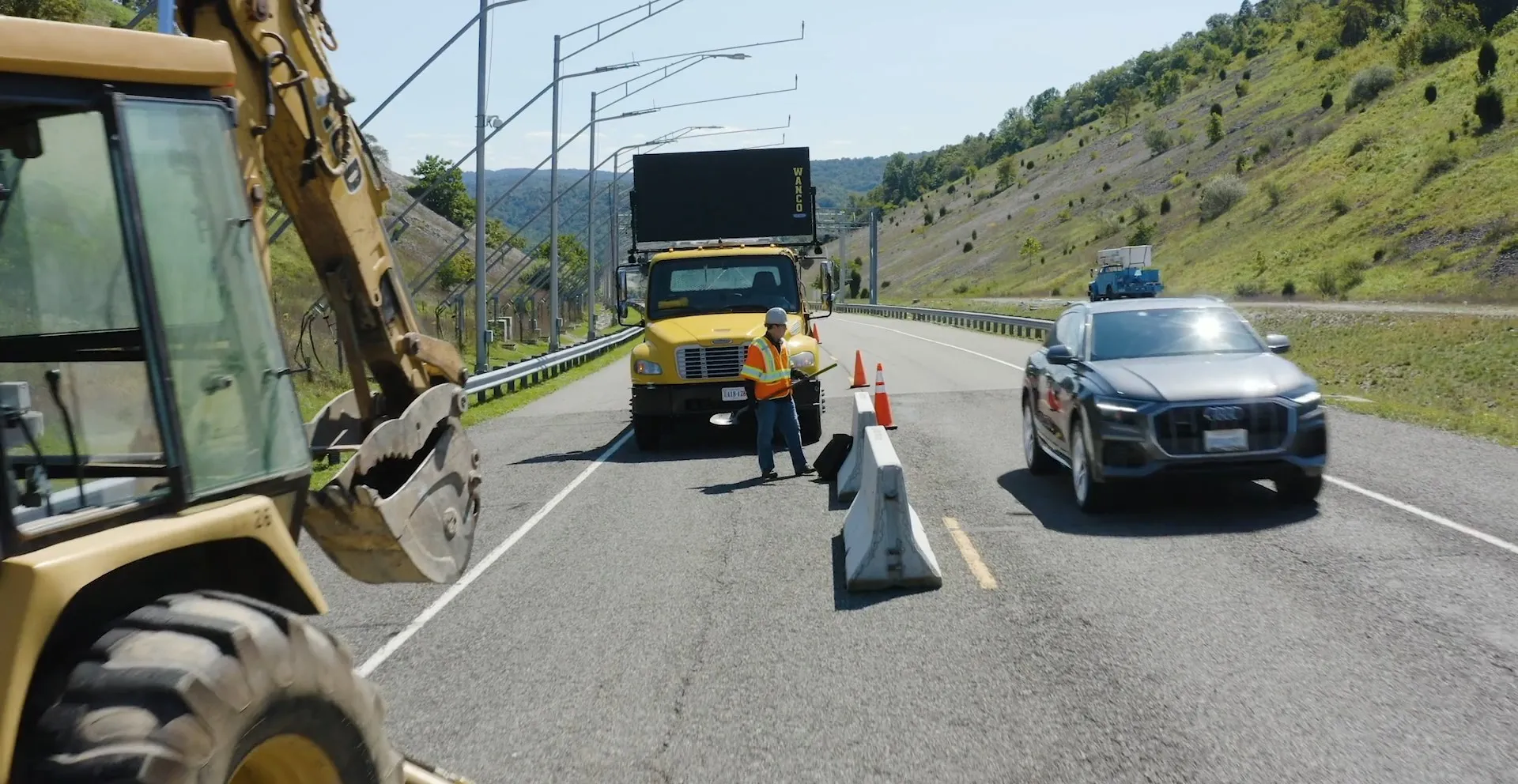With 24 1watt high-intensity red, blue, amber, white or Green LEDs, Code 3’s latest SD24 provides a powerful warning signal to alert motorists of an approaching emergency vehicle. Additional features include 16 flash patterns, in-line waterproof driver module, UV stabilised polycarbonate lens, and a prewired cable. The device’s small footprint allows it to be mounted to locations such as push bumpers, rear bumpers, licence plate areas and running boards while its slim design keeps a low profile look.
December 18, 2014
Read time: 1 min
With 24 1watt high-intensity red, blue, amber, white or Green LEDs, Code 3’s latest SD24 provides a powerful warning signal to alert motorists of an approaching emergency vehicle. Additional features include 16 flash patterns, in-line waterproof driver module, UV stabilised polycarbonate lens, and a prewired cable.
The device’s small footprint allows it to be mounted to locations such as push bumpers, rear bumpers, licence plate areas and running boards while its slim design keeps a low profile look.
The SD24 can be synchronised with additional light-heads and comes with low current draw (0.75 amps) and long maintenance-free service life.









